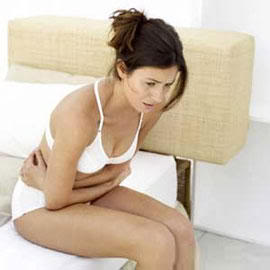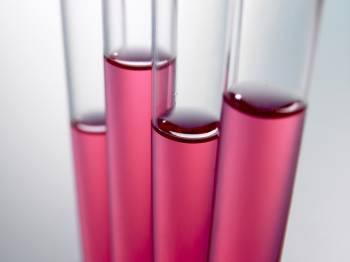Urinary Incontinence
 Urinary incontinence is a condition in which you are unable to control urination, causing leakage at the wrong place and time. It can be a common and distressing problem, which may have a profound impact on quality of life. It is a problem which often times goes unreported to physicians, as many find it embarrassing to bring up.
Urinary incontinence is a condition in which you are unable to control urination, causing leakage at the wrong place and time. It can be a common and distressing problem, which may have a profound impact on quality of life. It is a problem which often times goes unreported to physicians, as many find it embarrassing to bring up.
The severity of urinary incontinence may range from occasionally leaking urine when you cough or sneeze, to having a sudden and strong urge to urinate that you don't get to a toilet in time. If urinary incontinence affects your daily activities, do not hesitate to see your doctor. In many cases, simple lifestyle changes or medical treatment can go a long way to easing the problem.
Causes Urinary Incontinence
Incontinence occurs if your bladder muscles contract suddenly, or the sphincter muscles are not strong enough to hold your urine back. Urinary incontinence and it's causes may be classified according to the following:
1. Stress Incontinence
Stress incontinence is usually related to weak pelvic floor muscles. It presents as the loss of small amounts of urine associated with coughing, laughing or sneezing, or other movements that increase intra-abdominal pressure and thus increase pressures on the bladder. The outlet of the bladder is usually held closed by the fascia of the pelvic floor. If this support is insufficient, the urethra can move downward at times of increased abdominal pressure, allowing urine to pass involuntarily.
In women, physical changes resulting from pregnancy, childbirth, and menopause often contribute to stress incontinence. In men, stress incontinence is uncommon, except as a post-surgical complication following prostatectomy.
2. Urge Incontinence
Urge incontinence is caused mainly by involuntary and inappropriate contractions of the detrusor muscle (the muscles of the bladder). This in turn may be caused by factors that irritate the bladder (such as cystitis or bladder stones), or a defective Central Nervous System inhibitory response.
With urge incontinence, you leak urine because the bladder muscles contract at the wrong times. Often these contractions occur no matter how much urine is in the bladder.
3. Overflow Incontinence
Overflow incontinence occurs when the bladder is very full, but is unable to empty, resulting in the involuntary leakage of urine. Weak bladder muscles, resulting in incomplete emptying of the bladder, or a blocked urethra can cause this type of incontinence. Overflow incontinence may also be a side-effect of certain medications.
Autonomic neuropathy from diabetes mellitus or other diseases affecting the nerves (e.g. multiple sclerosis or strokes) can decrease neural signals from the bladder (resulting in overfilling) and may also cause weakened bladder contractions (allowing for urinary retention). In men, benign prostatic hyperplasia (BPH) may block the bladder outlet causing overflow incontinence. In women, fibroids or ovarian tumors may sometimes press down on the bladder outlet, causing obstruction.
Diagnosis of Urinary Incontinence
The diagnosis of urinary incontinence is made via a well-taken history and physical examination of the abdomen and rectum. Women will also require a pelvic exam. There may also be a need for a neurological examination to determine if there may be a neurological cause for your incontinence.

Your doctor may perform some of the following tests:
• Cystoscopy - to look inside the bladder
• Pelvic or abdominal ultrasound
• Post-void residual volume measurement
• Urinalysis or urine culture to rule out infections of the urinary tract
• Urinary stress test (you stand with a full bladder and cough)
• Urodynamic studies (which measure pressure and urine flow)
• X-rays
Treatment of Urinary Incontinence
The choice of treatment will depend on the cause of urinary incontinence, how severe the symptoms are, and how much they interfere with your lifestyle.
The article above is meant to provide general information and does not replace a doctor's consultation.
Please see your doctor for professional advice.
